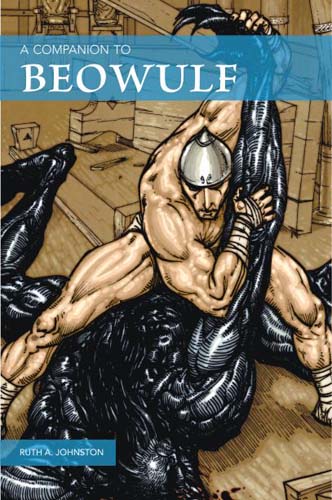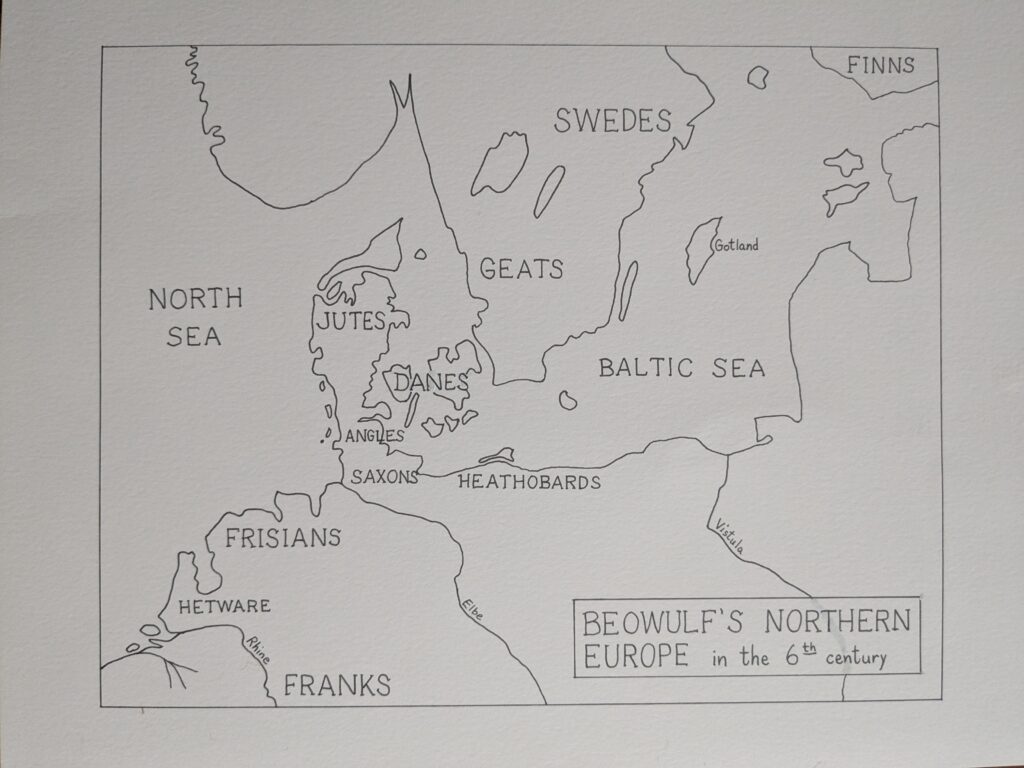Islam and the Christian West: in a chronic face-off since 600 AD, and yet we in the West know so little about Islam and its adherents. When I worked on this topic in the past, it became clear to me that many of our misunderstandings come from knowing little of the history. What would it look like, trying to understand America without knowing England’s history? What about comprehending Jesus without knowing anything of either Jews or the Roman Empire? That’s the position we’re in, and usually we don’t even know it.
This time, I want to go through the story of Islam’s emergence in the world by starting before Islam, in Arabia. I want to lay out how Arabian culture shaped Muslim practice, in both sameness/continuation and difference/rejection. I want to spend some time on what we know of the life of Muhammad, and even more importantly, how we know what we know—-and how we don’t always know which things those are. What are the records like? How should they be judged? What are differences between the way Muslims tell the story and the way Western scholars do?
I won’t be writing in a way to persuade anyone to convert to Islam, but I won’t be writing in a way to condemn everything in it, either. It won’t be my business to mark history up with merits and demerits, generally. I think we are all better off when we know more about the same facts, regardless of how we feel about them. A historically neutral tone tells you what the evidence shows and what the records say, including what people say about themselves. When there’s doubt, you can judge for yourself.
So if you want to follow this series through my blog, START HERE. The series will follow chronologically after. What you see on this page, below the sticky note, could be much farther along in the series.
If you want to use the categories search feature to find a section of the story, the life of Muhammad is classified as Islam History A. From the moment after his death through the fall of the Umayyads is Islam History B. The rise of the Abbasids at the expense of the Umayyads begins Islam History C. The Crusades begin at Islam History D. The invasion of the Mongols is at Islam History E. The Ottoman Empire period begins at Islam History F.
The sources I am primarily using for the origins story are:
Arabia and the Arabs: From the Bronze Age to the Coming of Islam, by Robert Hoyland.
Arabs: A 3000 Year History of Peoples, Tribes and Empires, by Tim Mackintosh-Smith.
Revelation: The Story of Muhammad, by Meraj Mohiuddin and Sherman Jackson.
Muhammad: His Life Based on the Earliest Sources, by Martin Lings.
After the Prophet, by Lesley Hazelton.
The Heirs of Muhammad, by Barnaby Rogerson
Great Arab Conquests, by Hugh Kennedy
The War of the Three Gods: Romans, Persians, and the Rise of Islam, by Peter Crawford.
The Lives of the Twelve: A Look at the Social and Political Lives of the Twelve Infallible Imams. Shaykh Mahdi Pishvai, translated by Sayyid Ali Musawi.
A Historical Research on the Lives of the Twelve Shi’a Imams. Mahdi Mahgrebi
I have read many other books and articles in the past writing stretches, and I frequently check facts and opinions on internet sources, many of which are linked in the essays. Maybe some day I’ll try to collect them in a list. For now, just enjoy reading the essays.






